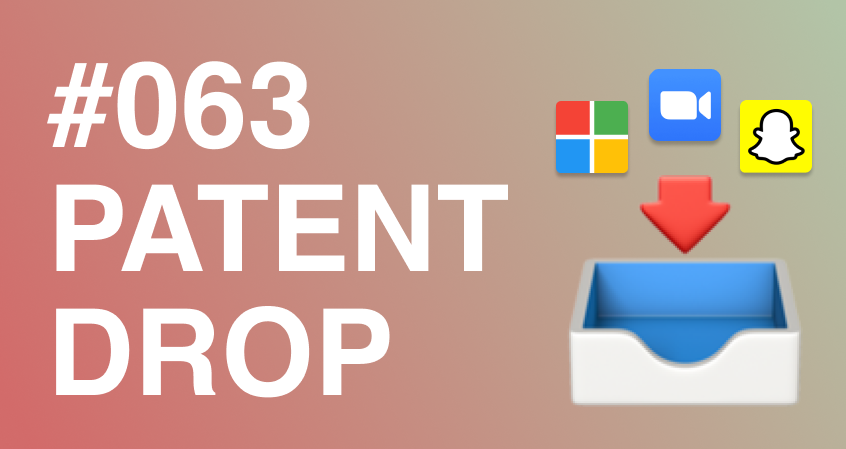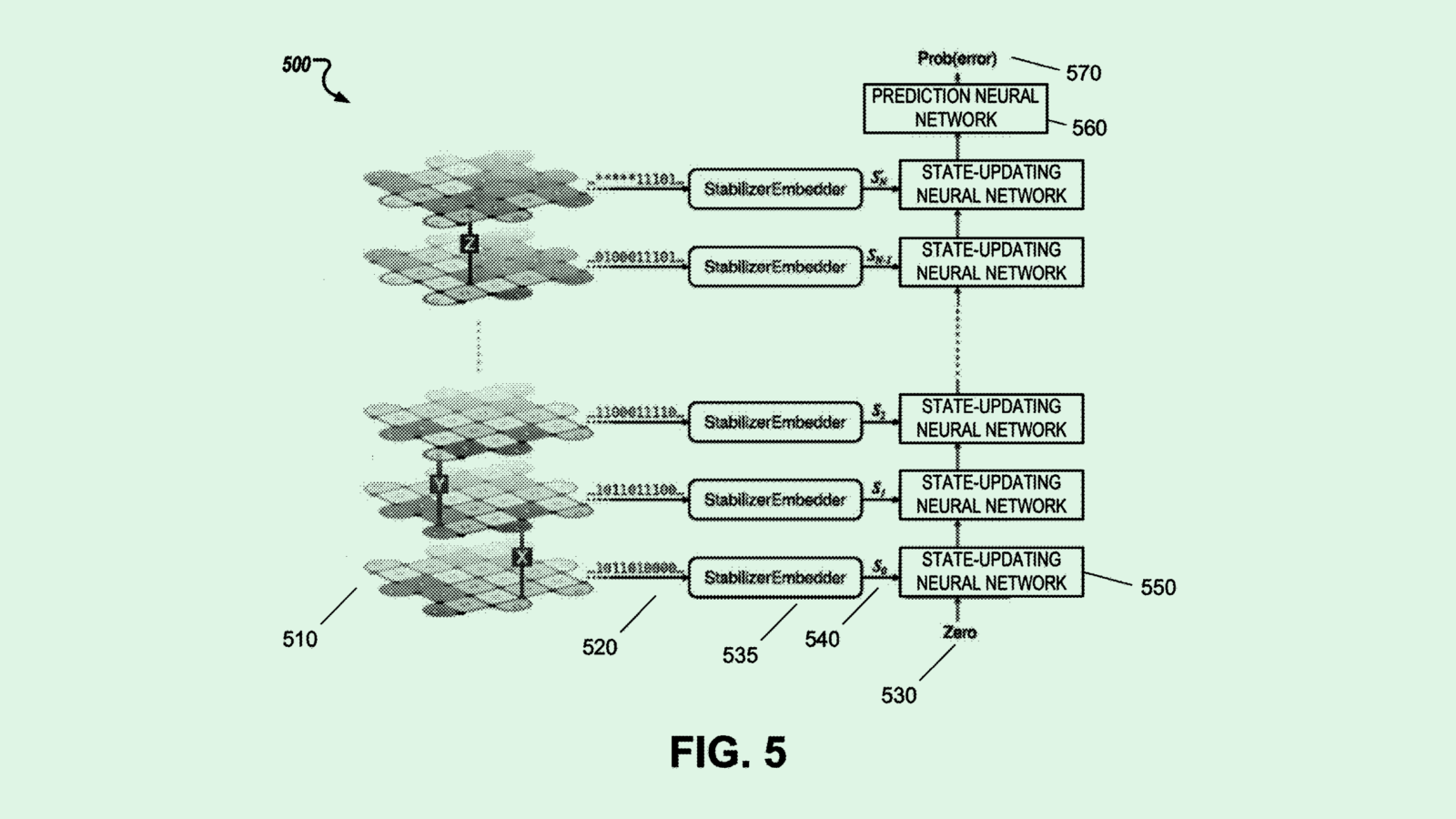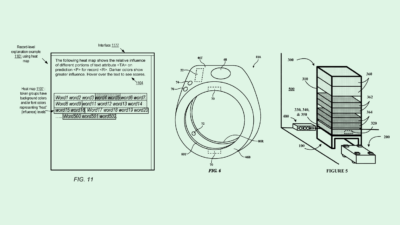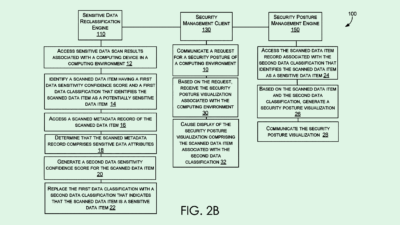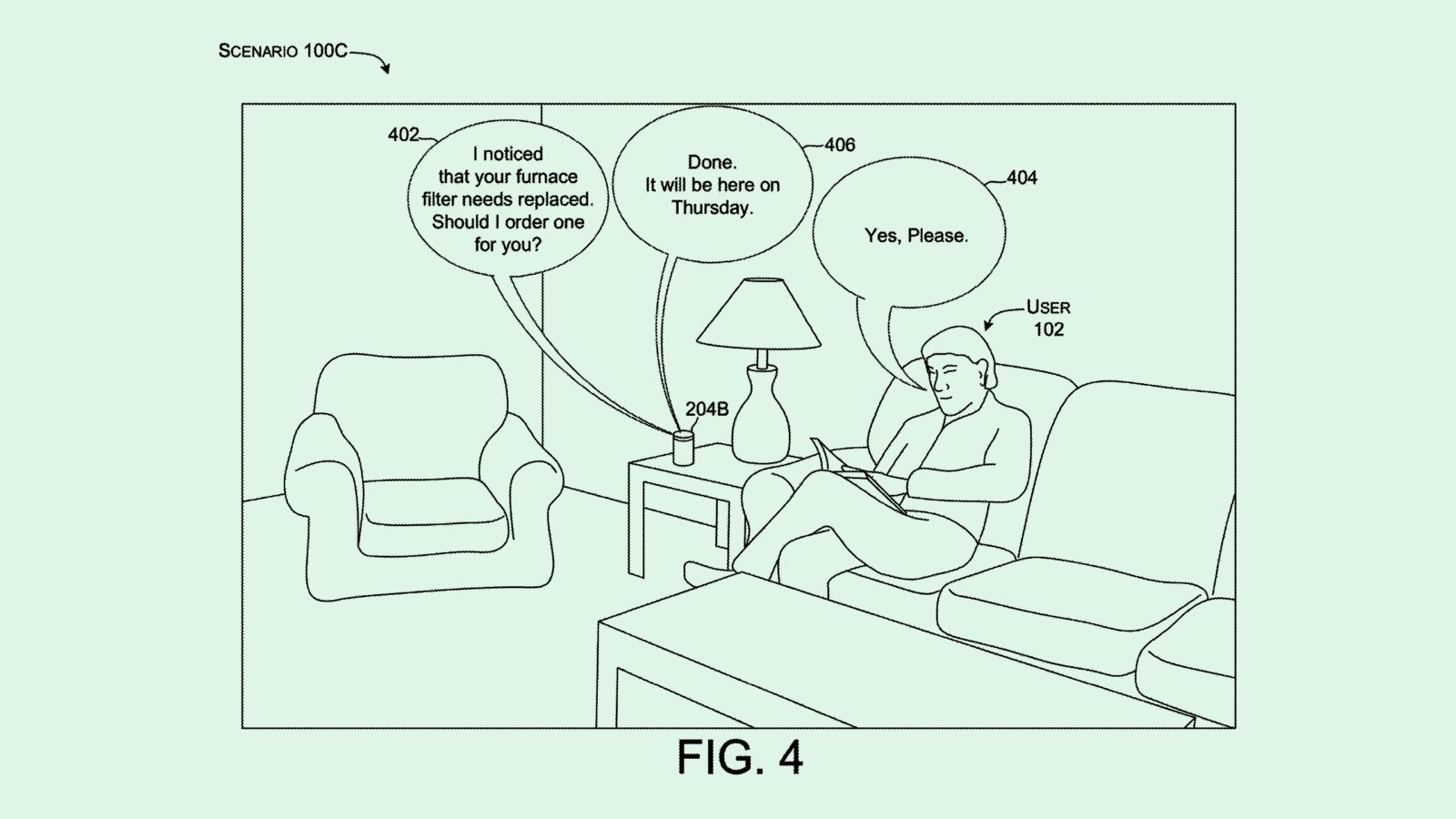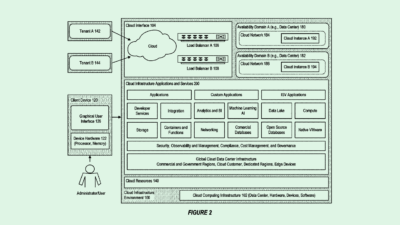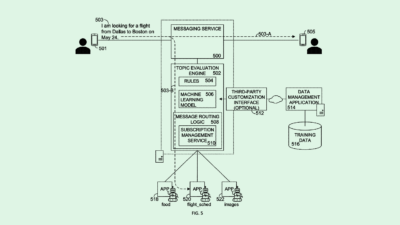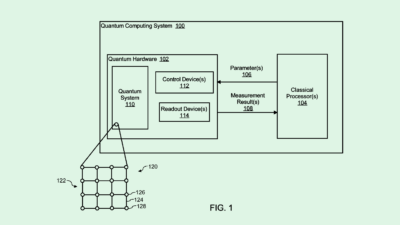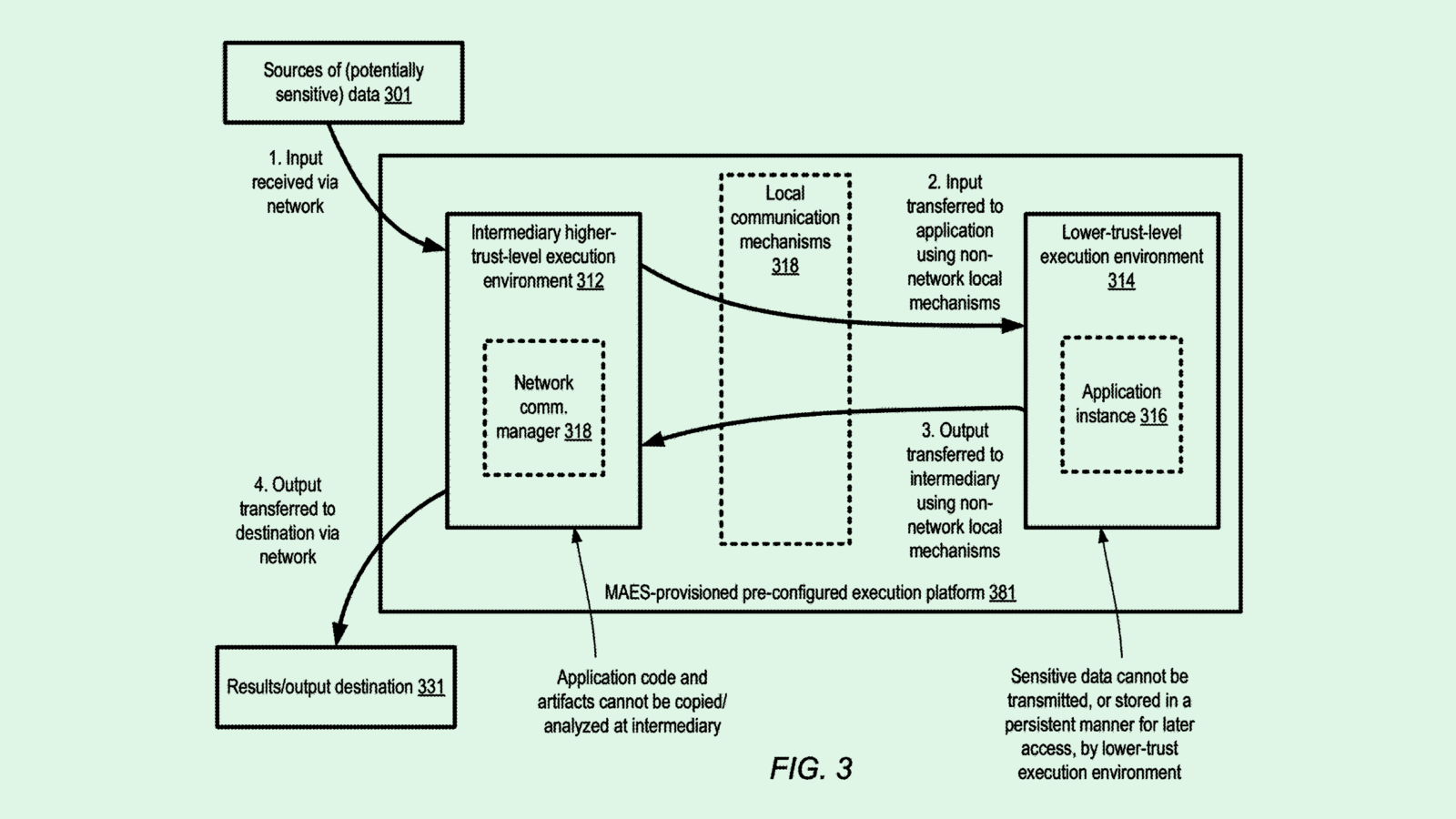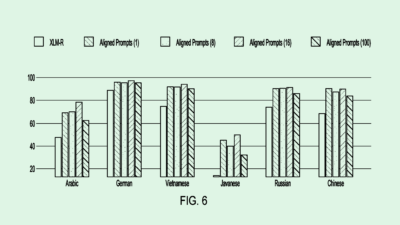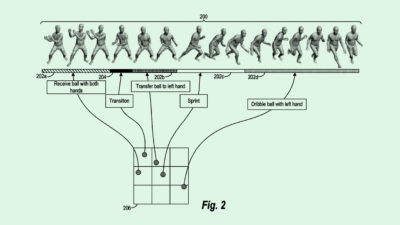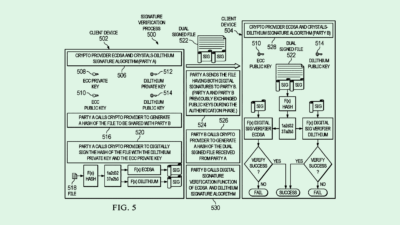Sign up to uncover the latest in emerging technology.
Why Zoom, Microsoft and Snap all want to do meetings differently.
Happy Thursday and welcome to Patent Drop!
Today’s edition of Patent Drop is brought to you by Caliber. Shrewd investors know that picking the next unicorn or well-timed stock investment is only half the battle — proper tax planning makes all the difference in total returns. This guide from Caliber will show you how a unique type of real estate investment structure blessed by the IRS, can allow you to defer (or even eliminate) taxes on certain types of capital gains. Learn how it works here.
This morning, we’re diving into the work-from-home tools we all know and love (and sometimes hate): Zoom wants to keep your meetings on topic, Microsoft wants to be your company’s event planner, and Snap has plans to make a virtual hangout room.
#1. Zoom’s digression
Zoom has no tolerance for tangents.
The company wants to patent tech that can detect “topic relevance” in users’ conversations based on a real-time transcription of conference audio using keyword processing and a machine learning model based on contextual awareness. Essentially, the tech would transcribe the audio of a Zoom meeting in real time and determine if a discussion between two or more people is a side conversation based on whether or not it is related to the main topic of the call. Then, Zoom would automatically schedule a future meeting between those who participated in that side conversation, listing what was discussed as topics to go over on that subsequent call. Basically, Zoom would become an office snitch, but for meeting efficiency.
One big draw that Zoom pointed out in its application is that interoperability between commonly used remote work software, like digital calendars and meeting software, can save employees a good chunk of time.
“Separate modes of communication have historically been implemented by service providers whose services are not integrated with one another,” Zoom wrote in its application. “The disconnect between these services, in at least some cases, requires information to be manually passed by users from one service to the next.”
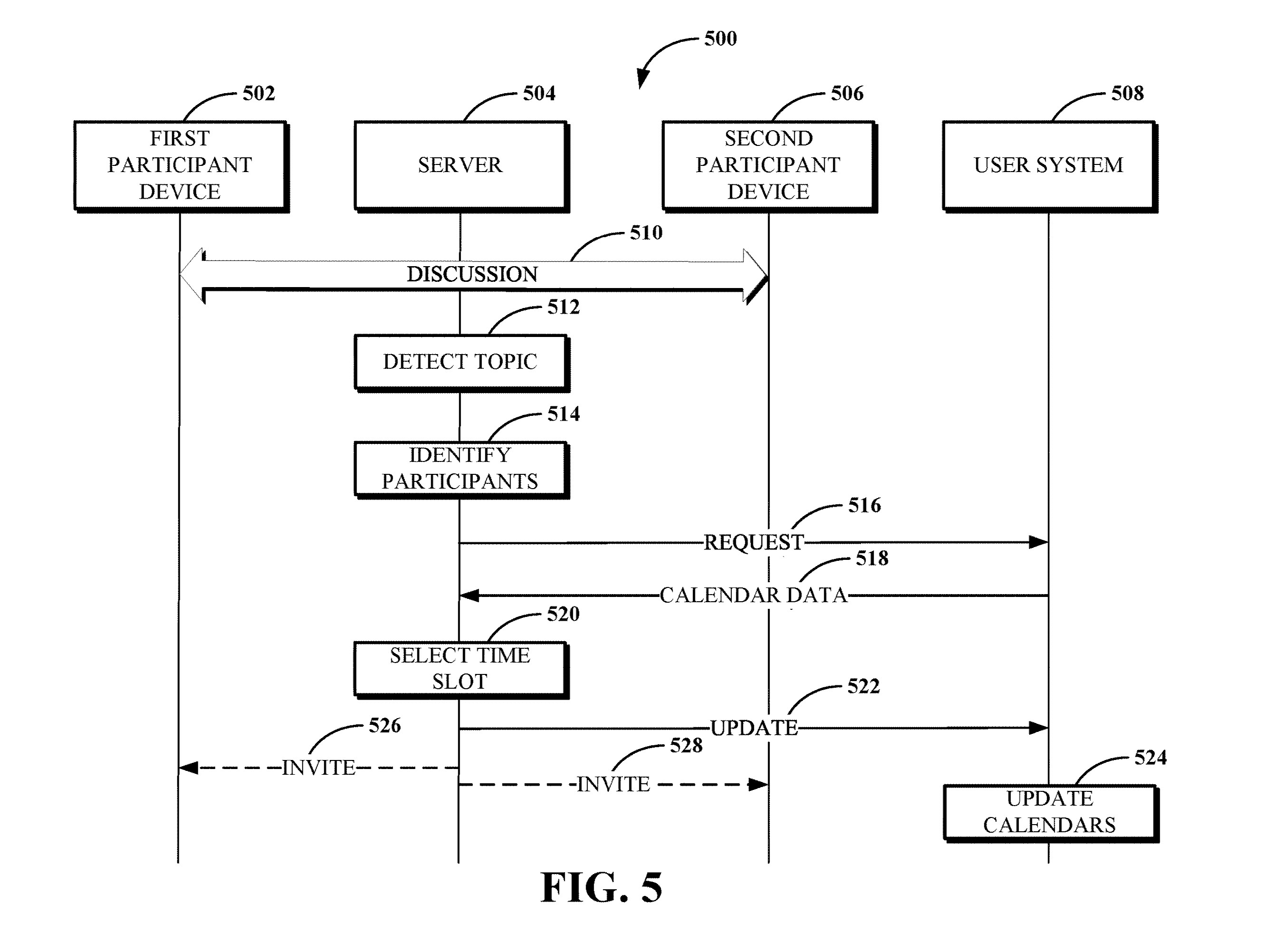
Zoom gained massive popularity throughout the pandemic, but prior to it, the software was used in tandem with in-office work. Even as companies attempt to push workers back to the office, virtual conferencing tools will still be embedded in day-to-day work as hybrid and distributed teams become the norm.
In adding this kind of tech, Zoom is trying to prove that it’s more than a one-trick pony, said Gordon Hempton, CEO of virtual workplace company Spot. By offering automated scheduling, transcription and interoperability between services, Zoom is aiming to break out of its mold of being just a video conferencing software – something it might need to consider as it faces significant layoffs and cost cuts.
“Everybody needs a tool like this to talk to their external customers and have remote meetings,” said Hempton. “But I think Zoom has definitely pigeonholed themselves as the traditional web conferencing product. I think things like this are more focused on how to be a dynamic offering that can accommodate hybrid or remote work in a more meaningful way.”
#2. Microsoft, the event planner
While Zoom wants to make more meetings out of your side conversations, Microsoft wants to become your personal party host.
The company filed a patent application for tech that would improve the “efficiency and functionality” of a virtual event platform by “segmenting” users based on topics of interest using machine learning.
This tech would collect a slew of data from each user – including interactions from past virtual events, topic data “derived from user activity,” and social data “defining the user’s social relationships” – and use that to identify topics they may want to discuss in the virtual event. After this data is sifted through, this tool creates different topic segments for the event and places users in similar segments, monitoring each one as it progresses so it can improve with each event. Before and after the main event, users can interact with one another through a “virtual representation,” i.e. an avatar, of themselves.
“Organizations can host events having thousands or even tens of thousands of attendees without incurring excessive computational load or network traffic,” Microsoft said in its application. “In addition, the system can enhance the user experience of the virtual event by providing a smaller, more intimate setting that is more conducive for engaging with other users.”
Think of Microsoft as your most Type A friend trying to be social without working on their control issues: This tech is trying to make every attendee’s life a bit easier in a very, very… specific way.
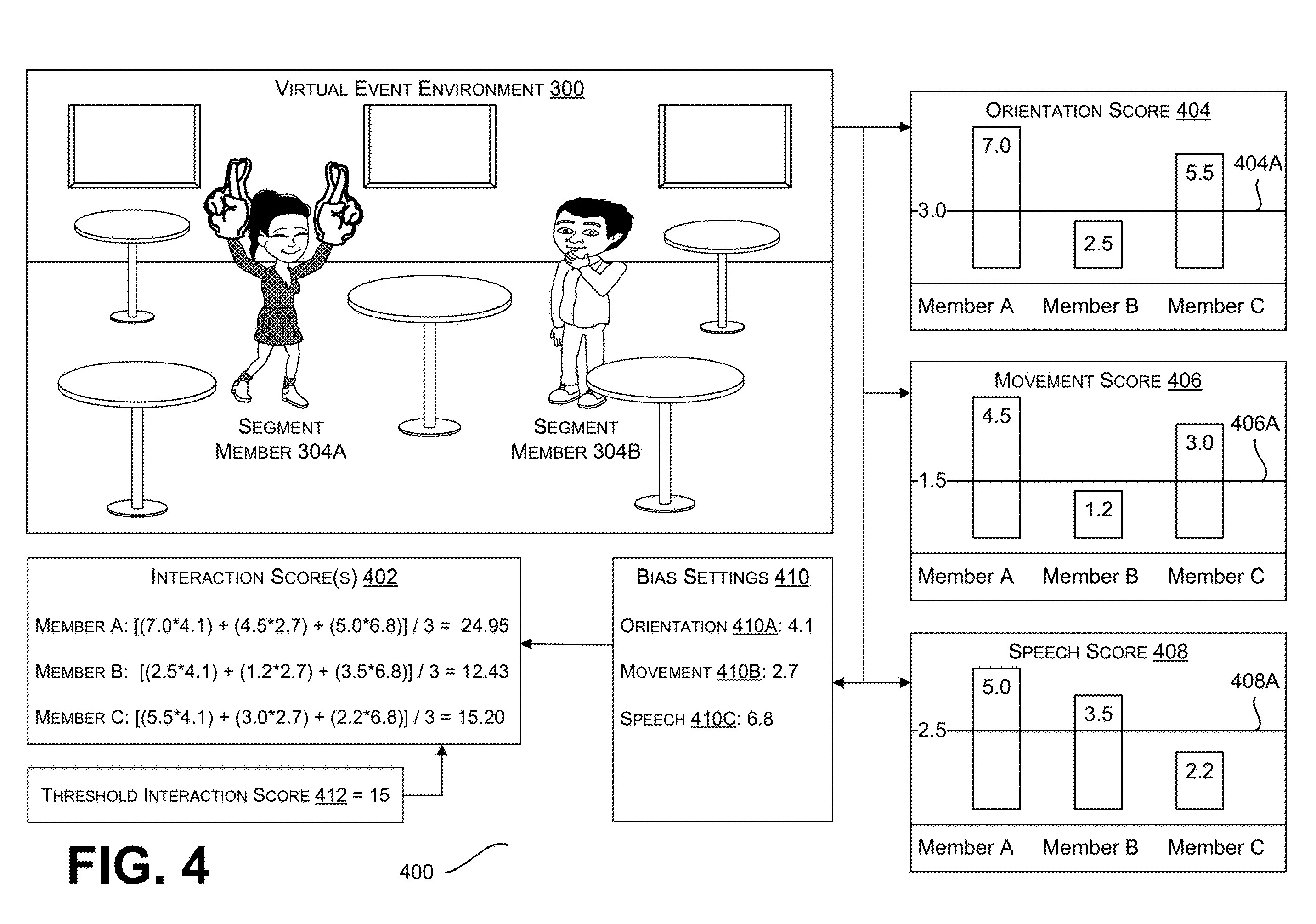
There are a few key differences between Microsoft and Zoom’s approach to the video conferencing sector. For one, Microsoft’s business is very fragmented, so it hasn’t put all of its eggs into just the remote work software basket, said Hempton.
The other difference: Microsoft’s enterprise tech offerings are all-in-one, giving them an edge in selling an all-encompassing package, he said. By going with Microsoft 365, a company doesn’t have to shell out for subscriptions to Zoom, Slack or other enterprise software. This makes it easier for Microsoft to tack on additional services, like virtual event hosting, at relatively nominal prices.
“Microsoft has an amazing amount of distribution leverage in the fact that they do have a huge horizontal set of offerings,” said Hempton. “So actually, Teams has a very strong position against companies like Zoom.”
At the end of the day, Microsoft is trying to add more value to its suite in the same way Zoom is. The only problem: While remote workplaces still have staying power, virtual events might be a different story. “The virtual event market has actually been going downhill over the last year,” said Hempton. “People are more inclined to do in-person events, as opposed to in-person work.”
SPONSORED BY CALIBER
Turn Your Investment Gains Into Generational Wealth
If you realized 6-figures in capital gains last year, you may worry about how much money you’ll actually keep after Uncle Sam takes his cut (and believe us, it’s a hefty slice).
Well don’t fret, because you can unlock serious tax incentives and keep your money working to build wealth for you when you reinvest into tax-advantaged alternative investments:
IRS-approved, tax-shielded real estate investments in up-and-coming communities
Defer your current capital gains taxes until 2027
Potentially ELIMINATE taxes on additional gains from your investment
You may think an offer like this has some catch (or offshore bank accounts involved), but it’s 100% legit – Caliber has been helping savvy investors invest in these types of assets since the program’s bi-partisan approval in 2017.
#3. Snap’s conversation pit
While Microsoft and Zoom fight for your workday, Snap wants to give you a place to spend your downtime.
Similar to Microsoft, Snap is working on tech that assigns participants to rooms in a virtual conference. This tech would assign users to virtual event rooms based on “metadata associated with one or more participants” and the room occupancy preferences, which are set by the event hosts. Participants can come and go as they please, allowing for “real-time communication” with whoever is involved.
Snap’s tech would allow users to design or select a layout for their virtual space, with some of the example options being a dance floor, a tree house, or — if you’re feeling fancy— Nobu in Malibu. Then, rather than using an avatar, the platform would place small video call squares onto the screen in a user’s chosen virtual environment.
Based on the diagrams, the best way to describe this platform is if you mash together a typical video call and the metaverse, but even sillier.

While Zoom and Microsoft have been battling it out in the remote work ring since the start of the pandemic, Snap isn’t a company you’d usually associate with virtual conferencing tech.
But Snap likely isn’t going for the enterprise market with its virtual event tech, said Hempton. Snap’s roots are as a social media platform, so by creating an online event space it might be trying to broaden its horizons. Rather than mimicking a Zoom room or Teams meeting, Snap’s platform seems more akin to something like Twitter Spaces or Clubhouse, but adding video in an attempt to create a casual virtual community experience.
“(Snap) is very much focused on consumers,” Hempton said. “It’s definitely kind of creating those rooms, where there’s interaction back and forth in real-time like Twitter Spaces, but obviously with the video component, because that’s Snap’s bread and butter.”
Live audio platforms like Spaces and Clubhouse have been struggling as the pandemic-era caution for in-person events has waned, with usage of Clubhouse reportedly falling more than 60% since its peak in 2021. But the ability to put a face to the words users are saying might give Snap an edge if they plan to launch these kinds of community hubs.
Extra Drops
Haven’t gotten enough? Here are a few other fun patents we wanted to share.
Sony wants to make you a virtual friend. The company seeks to patent a “telepresence robot” that mimics you on screen to provide a “measure of companionship,” though the company doesn’t say whether this will be in VR, AR or on screen. This could be a sign that Sony wants to take the remote office to the next level.
Adobe wants you to strike a pose. The company is working on software which offers “pose recommendations” in a camera’s viewfinder using AR.
Tech companies are getting serious about payment fraud. EBay is working on methods for reducing fraud when a third-party app is involved in a transaction, and Mastercard wants to patent tech that can test the “predicted trust level of (a) device” in order to prevent identity theft.
What else is new?
Gitlab is cutting around 7% of its staff, with CEO Sid Sijbrandij blaming the decision on “The current macroeconomic environment.”
Meta has officially completed its acquisition of VR company Within after more than a year, despite the FTC’s concerns that the deal would be an anti-competitive practice.
Some Twitter users will now be able to post whole essays. The company announced that Twitter Blue subscribers can now make posts and quote tweets of up to 4,000 characters.
Above practically all else, consumers have been dominated by one theme in the last three years: housing crisis. And that’s exactly what construction tech firm Apis Cor is solving. Using 3D printing robots, Apis Cor is able to build durable homes and low-rise buildings 3x faster with up to 30% lower costs. With 4 patents and 117 letters of intent from US construction firms, investors are lining up almost as fast as homebuilders. There’s just 2 weeks left to invest in Apis Cor before this funding round closes. Patent Drop readers can invest here.*
*Partner
Have any comments, tips or suggestions? Drop us a line! Email at admin@patentdrop.xyz or shoot us a DM on Twitter @patentdrop.
*Disclaimer: The sponsored content in this newsletter was written and/or published as a collaboration between Patent Drop in-house sponsored content team and a financial partner of Patent Drop. Although the piece is not and should not be construed as editorial content, the sponsored content team works to ensure that any and all information contained within is true and accurate to the best of their knowledge and research. Patent Drop may receive monetary compensation from the issuer, or its agency, for publicizing the offering of the issuer’s securities. This content is for informational purposes only and is not intended to be investing advice. This is a paid ad. Please see 17(b) disclosure linked in the campaign page for more information.
